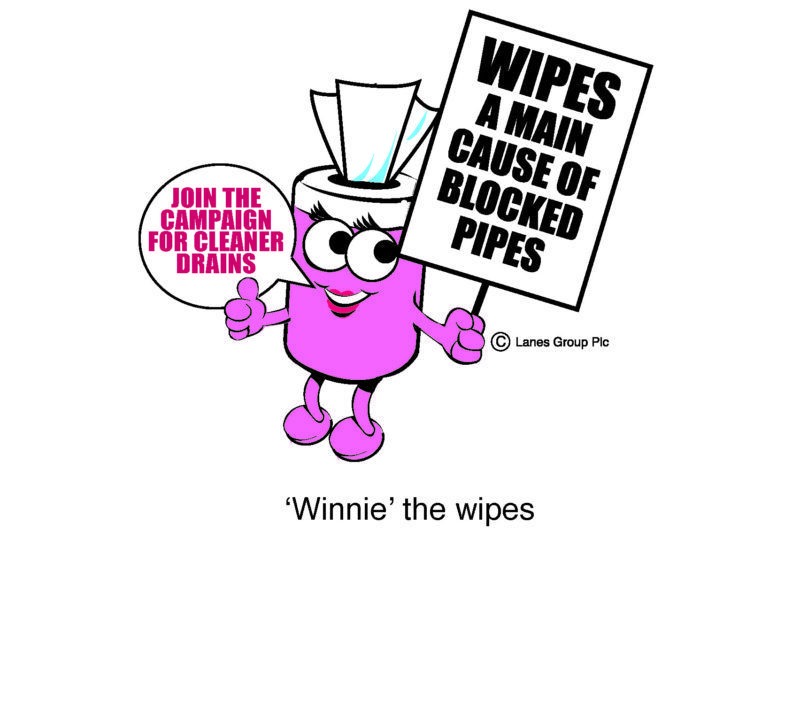How we’re changing people’s toilet waste disposal habits

Lanes Group is on a mission to educate people across the UK about the damage caused when hidden plastics found in household products such as wet wipes, sanitary towels, tampons, nappies and much more, are flushed down the toilet.
As you may have already read, we have been raising awareness of hidden plastics and explaining why flushing sanitary products is so bad for our drains and sewers, but we recently ran a survey to get a better insight into why people in the UK continue to flush wet wipes and other bathroom products down the toilet.
In this blog post we will give you an overview of what our survey uncovered, as well as the steps we’re taking to make a positive change.
The scale of the issue
Through the dirty work that we carry out on a daily basis, we know that incorrect toilet waste disposal is a significant issue – but our survey has helped us highlight the real scale of the problem.
Wet wipes are one of the biggest concerns, as many people believe that they are flushable when in fact they are not. According to Water UK, they make up around 93% of the material in sewer blockages and are estimated to cause around 300,000 blockages every year, at a cost of £100 million to the country.
When we asked the public which wet wipes could be flushed down the toilet, 64% correctly said ‘none of them’, however 31% admitted to flushing wet wipes instead of binning them.
Another study we conducted found that as many as 20 million women in the UK have flushed at least one sanitary product down the toilet in their lifetime. But if you think about the number of people who wrongly flush these items on a regular basis, you can start to imagine how many thousands more sanitary products could be wrongly flushed down the toilet every day.







